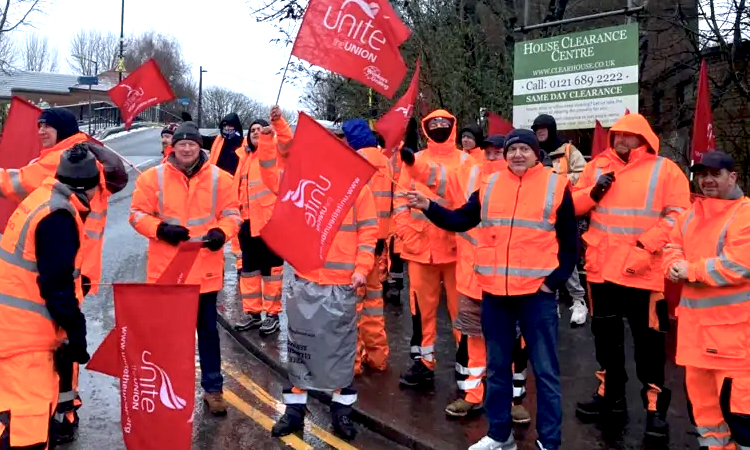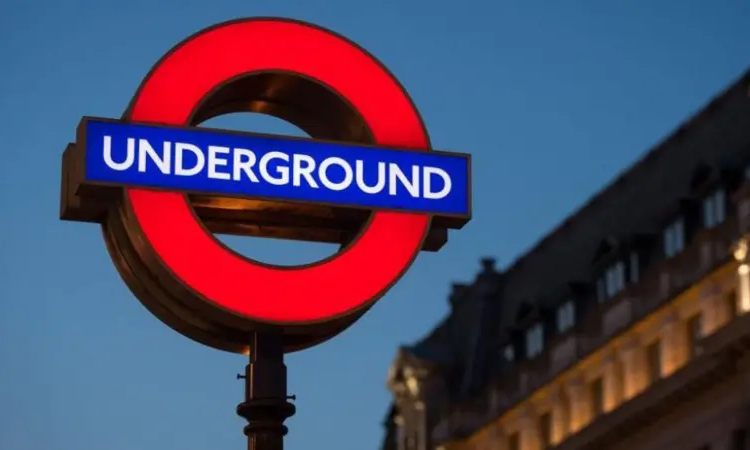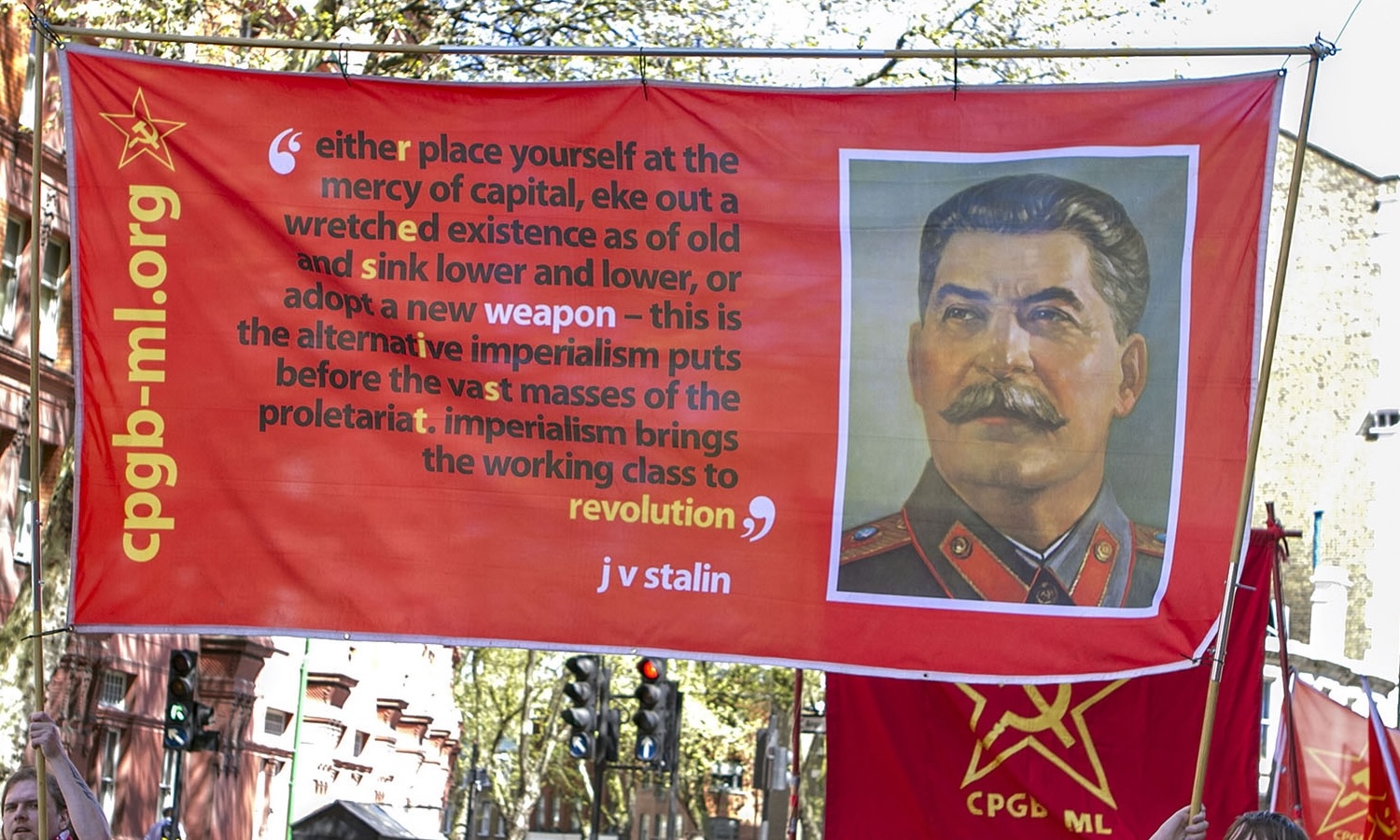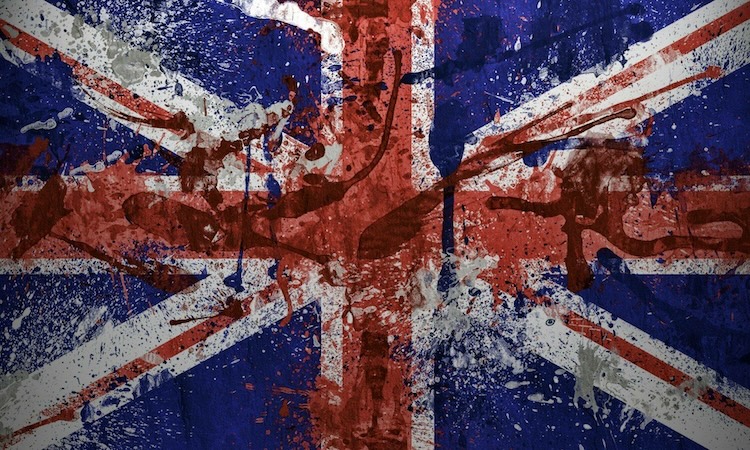This article is reproduced from the Class Consciousness Project, with thanks.
*****
The National Education Union (NEU), Britain’s biggest teaching union, announced on 31 July that, following a consultation with its members, it would be accepting the 6.5 percent pay offer made by the government through its proxy, the Schools Teachers’ Review Body. Thus the NEU brought to an end months of struggle and strikes, accepting a pay offer that is not fully funded, is below the rate of inflation and, on its face, does nothing to remedy the two key issues that were supposed to have underpinned the teachers’ dispute: years of inadequate pay rises and safeguarding the very future of the profession.
The NEU was one of four teaching unions to accept the offer. The National Association of Schoolteachers/Union of Women Teachers (NASUWT) arguably performed even worse during this dispute – it balloted its members for strike action late last year and, despite the ballot returning a 90 percent vote in favour of strike action, the vote fell foul of anti-trade union laws because only 42 percent of members returned their papers. All in all, the conclusion of the teachers’ strike can only be viewed as yet another trade union collapse in a period of collapses – in teaching, the Royal Mail and the NHS.
To refresh our memories, on 11 July the Communication Workers Union (CWU) announced that its members had voted to accept a below-inflation pay rise and degradation of attendance policies after the CWU bureaucracy failed to call the union’s members out for a single day of strike action in 2023 – despite them having sacrificed considerable income through strike action between May and December 2022.
Within days of the CWU’s collapse, Royal Mail leapt into action against its members, extending attendance reviews by six months, while the union scrambled to reassure the membership that it could workshop its way out of the quagmire into which it had willingly leapt feet first.
This also meant that CWU members who had been suspended, disciplined, or both as a result of trumped-up charges brought by Royal Mail for alleged misconduct will now only have their cases reviewed, rather than dropped.
On 27 June, the Royal College of Nursing RCN effectively ended its pay dispute with the NHS when an attempted re-ballot of union members for further strike action failed to meet the 50 percent turnout threshold demanded by anti-union laws.
This was after several other trade unions, including Unison, GMB and the Royal College of Midwives had capitulated to the government, accepting the insulting and below-inflation pay offer. The RCN had originally recommended the deal to its members for acceptance, only to be given a bloody nose by its own membership, who rejected the deal, took further strike action, and extended the dispute for another two months.
Ignominious retreat by union leaders despite member militancy
The collapse of the teachers’, posties’ and nurses’ strikes effectively ends a period of over a year of class struggle in Britain, as workers have fought and sacrificed their wages in the face of rampant inflation, skyrocketing food and fuel prices, only to be betrayed by their own union leaderships.
In these three cases in particular, trade union bureaucracies have been dragged into disputes by their membership – only to collapse and seek a settlement at almost any cost. Only the RMT and Aslef, still fighting in their longstanding dispute with the train operating companies after over four years without a pay rise, along with Unite, which is involved in many varied and localised disputes across a raft of industries, are outliers.
So how did three industrial disputes, with substantial membership and public support, all collapse within six weeks of each other?
Fealty to the Labour party
The first key factor is the Labour party. Whilst on its face this may seem a strange assertion, given that only one of the three unions cited in this article is affiliated to Labour, the fact remains that the self-proclaimed party of ‘working people’ (because no social-democratic party could ever make its politics about actual class) infects every level of the trade union movement – whether that union is formally affiliated to Labour or not.
Labour party members hold posts at the every level of the trade unions – from paid organisers to executive committee members and presidents.
Thus the party’s pernicious influence pervades all levels of trade union structures, constantly reinforcing Labour’s imperialist and anti-worker positions on subjects that directly affect trade unions, like strike action and anti-trade union legislation. The ideology that underpins the Labour party’s policies also underpins the political outlook of senior trade union officials: they lack class-consciousness.
They see the working class as the object of their politics rather than the subject of their politics – as a charity case rather than the locus of a movement that aims to transform the working class into the ruling class. They have no desire whatsoever to allow trade union members to become better educated, motivated or engaged in the democratic processes of their unions – as this would only equip members to overthrow them.
One thing which binds these trade union officials together is the belief that the working class’s cup ranneth over in 1945, as a veritable bounty of benefits was benevolently bestowed on it by the Labour party, including housing, the welfare state, the health service, and the nationalisation of one fifth of the economy. They live in perpetual fealty to the Labour party, holding on to the belief that this brief period, and the short-lived transformation it brought in workers’ lives, can be repeated, if only the ‘right’ (no pun intended) Labour government could be elected.
Sadly, this brief period of generosity by our elected oppressors cannot be repeated today because the circumstances that brought it into being no longer exist. The Soviet Union, the example of a triumphant workers’ state, has long gone. The USA is in no position to lend the money that would be needed (which it did during and after WW2 predominantly because the US’s rulers were as keen as anyone to avoid Britain slipping into communism) and Britain’s ability to hyperexploit the oppressed peoples in order to help foot the bill is considerably diminished.
But Labour members wilfully ignore history – or simply have no idea of the circumstances surrounding the birth of the welfare state and the reasons for its creation.
Disconnection from the membership
The second reason for the failure of modern trade unions is that they are as disconnected from the mass of the working class and each other as they have ever been. In the postwar period, working-class solidarity was in its peak period in the 1970s: this period is replete with examples of workers taking it upon themselves to act not only against their employers, but often against their own leaderships, and in solidarity with their comrades in other unions.
Rank-and-file trade union members were, first and foremost, working-class people: the union to which they belonged was secondary. This philosophy was built on a strong working-class consciousness and the understanding that workers’ struggles are the same across regions, industries and nations.
When working-class disputes broke out, other working-class people would rally to their cause. When workers who were industrially weak tried to stand up for themselves, industrially strong workers, aware of their strength, would come to their aid. The working class in the 1970s was capable of toppling governments – and did just that to Ted Heath’s Conservative government in 1974.
In 2023, trade unions’ spheres of influence extend to the limits of the industries in which they organise – and not an inch farther. Their leaders have totally rejected the principles of class and class-consciousness, and in so doing have rejected the principle of building solidarity with other workers in strife. Instead, they have perfected the art of standing idly by while fellow workers battle for improved terms and conditions.
Trade union activists’ training has been eroded, especially in the last 35 years, from being a class-based education delivered by esteemed trade union dignitaries and politicians to one totally devoid of class, where reps are trained to be more like social workers than working-class leaders.
Another part of the reason for this abandonment of building and maintaining working-class consciousness amongst the membership is that there is a considerable section of the collective trade union bureaucracy which isn’t working class at all – they’re middle class, with privileged backgrounds, university educations and all the beliefs and politics that flow from that. Fully paid up members of what Lenin called the ‘aristocracy of labour’, in fact.
Subservience to the anti-union laws
Also at play are the anti-trade union laws, particularly two key aspects of anti-trade union legislation: the legal definition of what constitutes an accepted ‘dispute’ (one between an employer and a group of affected employees); and the banning of secondary action, which has made it illegal for one the workers of one employer to take strike action in support of a struggle by workers of a different one.
These between them not only legally stifled the working class, but also changed (or reinforced) the mindset of the trade union bureaucrats themselves. With their organising strength curtailed, they looked to other channels to protect workers’ rights – namely in their rabid and almost unanimous support for the imperialist trading bloc known as the European Union, and Jacques Delors’ (then president of the European Commission) speech to the Trade Union Congress in 1988, during which he assured union bureaucrats that they no longer needed to engage in bitter working-class struggle, as the benevolent European superstate would henceforth be the arbiter and protector of workers’ hard-won terms and conditions.
Meanwhile, trade union bureaucracies cower behind these anti-trade union laws and the ever-present threat of sequestration of assets to abandon struggle before it even begins, to disavow unofficial strike action when it breaks, out and, as we have seen in the recent cases of the teachers, nurses and postal workers, to march their members to the top of the hill only to march them back down again with nothing to show for their efforts but a derisory below-inflation pay rise – just as a huge and deep recession, exposing again all the fault lines in capitalism that were papered over in 2008, looms large.
What we see again and again is that trade unions are run at their highest level by people who do not want to challenge the authority of the ruling class. They would much rather that the workers that they ‘represent’ rub along with our rulers with minimal friction, contestation or struggle. The three examples of trade union collapse examined in this article all had one key thing in common: they were, at least for a short time, driven by a strong and motivated rank and file – only for the trade union bureaucracies to take the reins and drive their respective struggles straight into a ditch.
The RCN’s leaders were forced to continue their dispute for weeks longer than they had anticipated because the membership rejected the rotten deal that they were advised to accept.
CWU members led picket lines the length and breadth of the country for seven months in 2022, only for the CWU leadership to decide not to call a single day of action in 2023.
The NEU, particularly in its previous incarnation as the National Union of Teachers, was seen as the most militant teaching union, yet despite teachers striking for weeks with strong membership and public support, union leaders buckled and recommended acceptance of an unfunded and utterly paltry 6.5 percent ‘rise’.
What should workers be doing?
In all of these cases, trade union bureaucrats, seemingly unable to control the member-driven momentum behind the disputes, used a variety of tactics to dissipate that momentum and then pressurise a demoralised membership into accepting rotten deals in the full knowledge that they would.
That is trade unionism in 2023.
So what can be done about it?
Clearly it won’t be easy. There are no silver bullets that will instantly transform a weak and decaying trade union movement into a member-driven, member-led working-class one. But the first place to begin is in working to rebuild working-class consciousness. After decades of rampant consumerism, it can seem that telling a working person with a home that they ‘own’ and a nice car on their drive that they are actually a member of the working class is a tough sell.
But anyone who has to sell their labour to live is working class, regardless of the trappings they enjoy. It’s also important that the myth of the ‘fair day’s pay for a fair day’s work’ must be dispelled as such – every day, workers across the world give their labour to their employers for free, despite being paid wages. We need to explain to workers everywhere why and how this happens.
As for trade unions, we need to break the belief that joining a union is a consumer-driven choice, like joining the AA or getting insurance.
In order to be of any use to their members, trade unions need to be part of a working-class movement: active, engaging, democratic and vibrant organisations run by their members at every level, which steep their members not only in class-consciousness but also train them in the skills and knowledge they need to ascend to the highest levels of their organisations. And which teach them also how to use those skills in the world outside of work – to be able to engage with friends, family, neighbours and everyone else in creating a working class-driven movement that can not only bring about change within the present system, but change the system itself.














